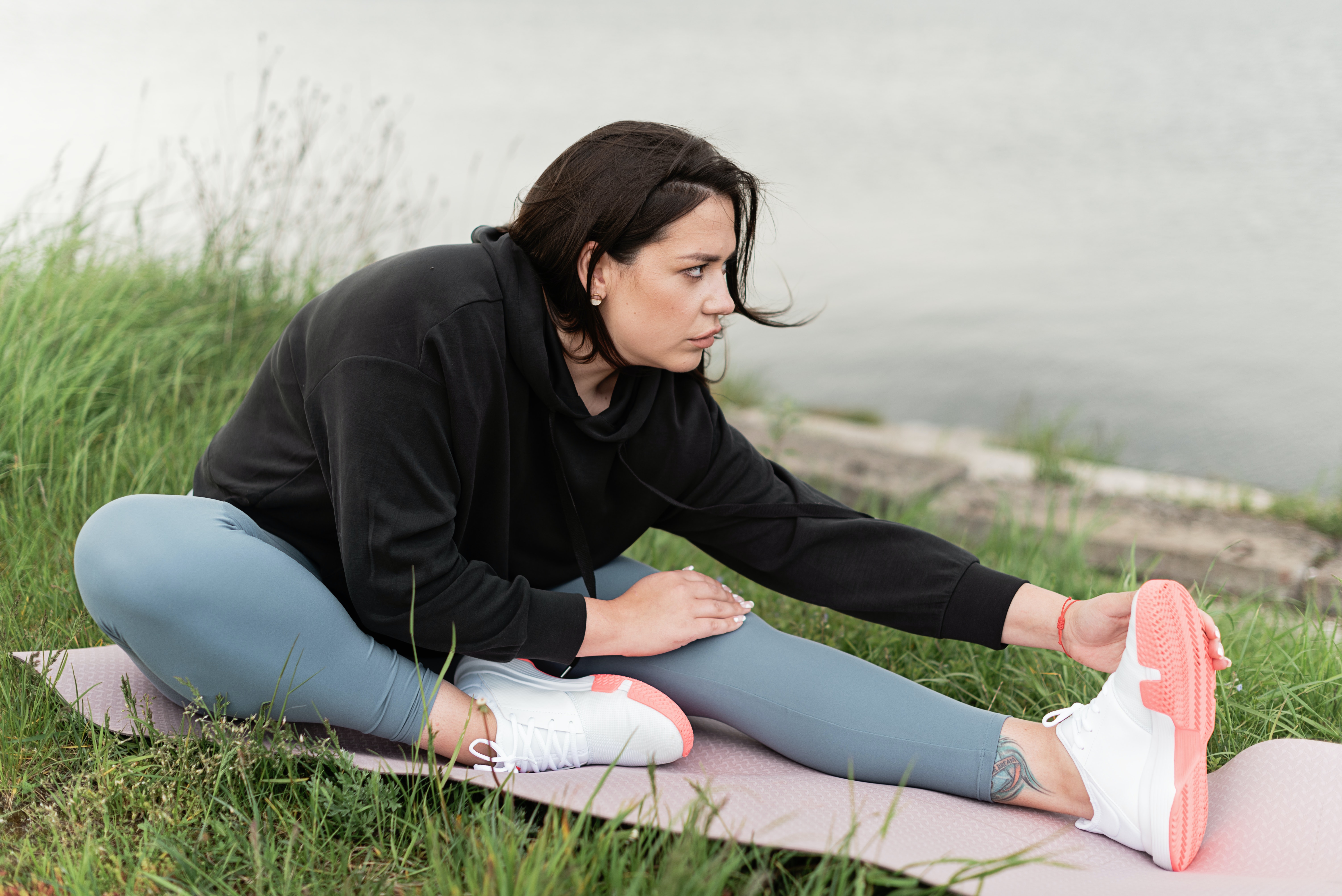Physical activity – why aren’t we doing more?
In 2021 almost one third of adults in England participated in less than 30 minutes of physical activity per week, becoming eligible to be labelled ‘physically inactive.’ But why is this the case when the health benefits of physical activity are so well known?
After all, physical activity in its simplest form is free. Of course, some people can’t resist the lure of muscle building machinery in a gym. And who doesn’t love hi-tech sportswear and expensive gadgets? But a brisk walk, a bike ride to work, or even housework all offer exercise without the expense of gym memberships and fancy sportswear.
Debunking physical activity myths
The media and wellness industry often promote individual behaviour change when it comes to getting physically active; making recommendations to get off the bus one stop earlier, be in nature more, or walk instead of drive. These options are frequently referred to as ‘simple steps,’ reinforcing the apparent ease of integrating physical activity into our busy lives. But what these ‘simple’ measures do not consider is the environment in which people live – and its influence on our ability to make healthy choices.
We are where we live
The truth is that being physically active is not as simple as going for a run whatever the weather. Instead, a host of interconnected factors impact our motivation, capability and opportunity to be active. This is because where we live influences how we live. Pavements, bike lanes, cars, safe crossings, green spaces and local amenities within walking distance all shape our health and how active we are.
Research shows that facilities and resources to promote physical activity are not equitably distributed. Minority neighbourhoods are significantly more likely than white neighbourhoods to lack recreational facilities. Whilst, deprived areas are more likely to lack facilities compared to high-income areas. Subsequently, in disadvantaged communities, healthy food options and opportunities for physical activity may be unrealistic or completely non-existent.
Consider the impact on your own behaviour if your local assets vanished overnight. No green spaces nearby to walk or run, no local community space to interact with others, absent or unreliable public transport…Or what if you simply didn’t feel safe walking, running or just being in a designated space. Would you still be as active?
For too long, the focus has been on convincing individuals to change unhealthy behaviours that are contributing to their risk of developing chronic diseases, such as obesity and diabetes, without considering where people live. Creating and investing in environments conducive to physical activity and health is integral to addressing the non-communicable disease epidemic. The healthy option must be the easy option to create sustainable change.
Enjoyed this blog? Sign up for our upcoming seminar ‘Diet and NCDs: sex and gender matter.‘ Or read our blog, ‘Legumes: it’s time to stop overlooking them.’

